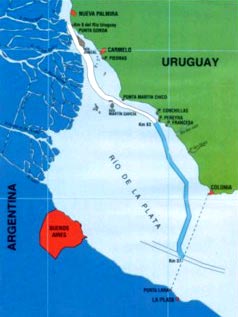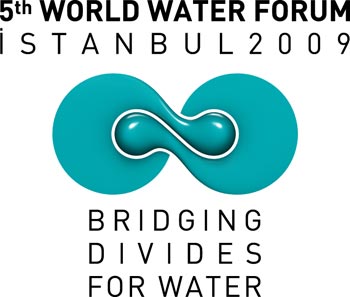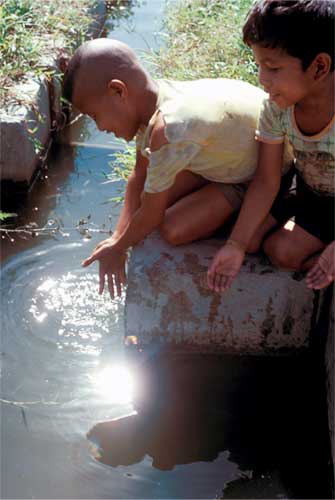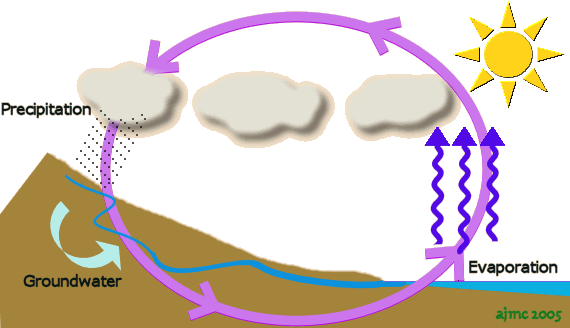- Extending over 3.1 million km2, La Plata River basin is the second largest river system in South America and the fifth largest in the world. Shared by Argentina, Bolivia, Brazil, Paraguay and Uruguay, it covers about one-fifth of South America. With over 100 million inhabitants, close to 50 big cities and 75 large dams, La Plata River basin is at the core of the region’s socio-economic activities, which generate around 70% of the per capita GDP of the five basin countries.
- With its extensive geographic coverage, La Plata River basin is highly variable topographically, ranging from 4,000 metre high mountains in north-western Argentina and southern Bolivia to almost sea level southern plains in Argentina and Uruguay. Rainfall similarly varies, from less than 700 mm per year in the western Bolivian highlands to more than 1,800 mm per year along the Brazilian coast in the east. Read more
Archive for Facts and figures
Did you know…? Facts and figures about the La Plata River Basin
Did you know…? Facts and figures about the Han River Basin (Republic of Korea)
- The capital, Seoul, one of the world’s largest cities, is located in the Han River basin. The population of the basin, now 41% of the national total, almost tripled between 1966 and 2005, from about 7 million to almost 20 million.Nevertheless, urban areas account for just 1% of the basin. Forests make up 78%, cultivated areas 16%, and grasslands and water bodies 5%. The Han River basin is considered the heart of South Korea.
- Annual renewable water resources in the Han River basin are estimated at 16 billion m3. As of 2003, 8.5 billion m3 of this amount was actually in use.
- Owing to the high rate of urbanization, the household sector – which accounts for 2.8 billion m3 (33% of overall consumption) – is the number one source of consumption, followed by agriculture (1.6 billion m3 or 19%) and industry (0.8 billion m3 or 9%). The remaining 3.3 billion m3 is allocated for environmental purposes.
- Agricultural water use in the Han River basin accounts for about 10% of water use for agriculture in the Republic of Korea. Rice fields alone consume 70% of the total.
- There are 724 reservoirs, primarily serving the agricultural water requirements in the basin. Of these, 127 meet the international standards for large dams.The section “Did You Know…?” is taken from the 3rd World Water Development Report “Water in a Changing World“.
Did you know…? Facts and figures about the World Water Fora
The World Water Forum is the largest international event related to water.
The World Water Forum is co-organized by the World Water Council and a host government. For the 5thWorld Water Forum, this government is Turkey and the Forum will be held in Istanbul.
Previous Fora have been held in Marrakech (1997), The Hague (2000), Kyoto (2003) and Mexico City (2006). The largest of the previous Fora was in Kyoto, which received more than 24,000 participants. Read more
Facts and figures about pollution and degradation of water quality
Despite improvements in some regions, water pollution is on the rise globally. More than 80% of sewage in developing countries is discharged untreated, polluting rivers, lakes and coastal areas.
Many industries – some of them known to be heavily polluting (such as leather and chemicals) – are moving from high-income countries to emerging market economies. Read more
Did you know…? Facts and figures about the hydrological cycle
The Earth’s hydrological cycle is the global mechanism that transfers water from the oceans to the surface and from the surface, or subsurface environments, and plants to the atmosphere that surrounds our planet.
The principal natural component processes of the hydrological cycle are: precipitation, infiltration, runoff, evaporation and transpiration.
Human activities (settlements, industry, and agricultural developments) can disturb the components of the natural cycle through land use diversions and the use, reuse and discharge of wastes into the natural surface water and groundwater pathways. Read more






